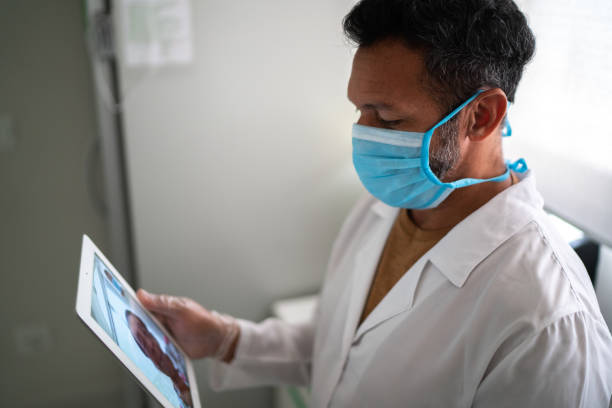Measuring Outcomes: Key Performance Indicators for Remote Patient Monitoring
Remote Patient Monitoring Solutions have revolutionized healthcare by providing an effective means of managing and tracking patients' health outside traditional clinical settings. These innovative technologies offer patients greater convenience and healthcare providers valuable insights into their conditions. Among the many advantages of remote monitoring, one of the most significant is its impact on reducing hospital readmissions. In this article, we'll delve into the key performance indicators (KPIs) that are crucial in evaluating the effectiveness of remote patient monitoring solutions, with a particular focus on the Impact of Remote Monitoring on Hospital Readmissions.

The Impact of Remote Monitoring on Hospital Readmissions
Reducing hospital readmissions has long been a priority for healthcare providers as they strive to improve patient outcomes and lower healthcare costs. Remote patient monitoring solutions play a pivotal role in achieving this objective. By keeping a close eye on patients' vital signs, symptoms, and medication adherence, these solutions enable timely interventions, ultimately reducing the need for patients to return to the hospital.
Hospital Readmission Rates
The most direct KPI for assessing the impact of remote patient monitoring on hospital readmissions is, naturally, the readmission rate. This percentage represents the number of patients who return to the hospital within a specified period after their initial discharge. A lower readmission rate indicates that remote monitoring is effectively preventing patients from requiring further hospitalization.
Monitoring this KPI is essential for hospitals and healthcare facilities aiming to evaluate the efficiency of their remote patient monitoring systems. It can also highlight areas that need improvement in patient care.
Patient Engagement and Adherence
An often underestimated but crucial KPI is patient engagement and adherence. Patients who actively participate in their remote monitoring programs and adhere to prescribed treatment plans are less likely to experience deteriorating health conditions that lead to readmissions. High engagement and adherence rates reflect the effectiveness of the monitoring solution and the support provided to patients.
Tracking patient engagement and adherence can be achieved through data related to app usage, device compliance, and feedback from patients themselves. These metrics offer valuable insights into patient behavior and can be used to tailor interventions and support.
Health Outcome Improvements
The ultimate goal of remote patient monitoring is to enhance health outcomes. KPIs related to health improvements are crucial indicators of a monitoring system's effectiveness. Monitoring factors such as reduced symptom severity, better disease management, and improved overall health status can provide a clear picture of the positive impact on patients.
For example, tracking changes in patients' blood pressure, glucose levels, or other vital signs over time can demonstrate how remote monitoring contributes to better health outcomes, leading to fewer hospital readmissions.
Cost Savings
Reducing hospital readmissions not only improves patient care but also has a significant impact on healthcare costs. Monitoring the cost savings associated with remote patient monitoring is a key performance indicator that healthcare organizations are increasingly focusing on. The cost savings may come from reduced hospital stays, fewer emergency room visits, and optimized resource allocation.
It's crucial to analyze the financial aspects to demonstrate the practical benefits of remote monitoring to healthcare administrators and decision-makers.
Conclusion
Remote patient monitoring solutions have the potential to significantly impact hospital readmissions by improving patient outcomes and reducing healthcare costs. Monitoring key performance indicators such as hospital readmission rates, patient engagement and adherence, health outcome improvements, and cost savings is essential to assess the success of these solutions. Global Touch LLC stands as a leading chronic care provider, ready to assist patients and healthcare organizations in achieving these goals. Embrace the future of healthcare through remote patient monitoring and experience the difference it can make in patient care.



Comments
Post a Comment